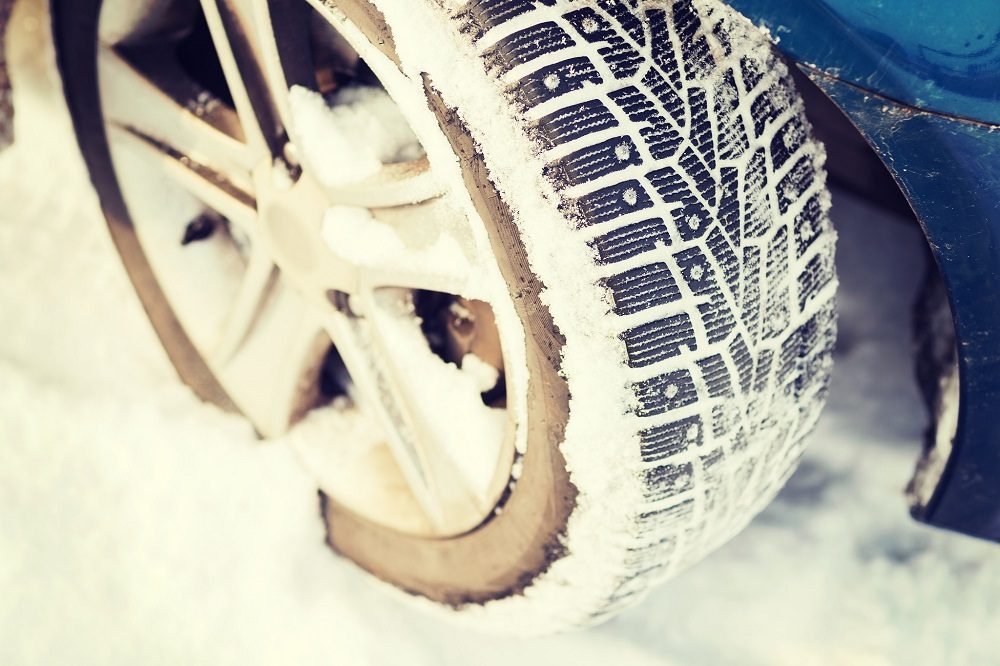Don’t Underestimate the Risks of Driving in Light Snow

A little snowfall may not seem like a dangerous situation, but the truth is, any amount of precipitation can pose significant driving risks.
See the Road Clearly: How to maintain your vehicle’s headlights
“Many drivers that live in cold climates don’t think twice about hitting the road when just a few flakes are falling or there is less than two inches of snow on the ground, but according to research, a light snow can be just as dangerous as a snowstorm — even if there is no winter weather advisory,” according to Family Handyman writer Morgan Cutolo.
In fact, more than half of fatal crashes involving snow-covered roads happened when there weren’t advisories or warnings in effects. This scary statistic was revealed through research by the Cooperative Institute for Mesoscale Meteorological Studies and National Oceanic and Atmospheric Administration.
Why is quickly-falling light snow so dangerous? It can melt and refreeze quickly depending on temperature fluctuations, and it simply doesn’t look dangerous. Drivers tend to not adjust their driving behaviors when the road is only lightly dusted with powder.
“There seems to be a critical time of accumulations first occurring on untreated roads with some drivers not yet realizing the roads have become slick, maintaining their near-normal speeds until a side off or wreck occurs,” according to Weather.com senior meteorologist Jonathan Erdman.
Winter safety driving tips
Winter driving can be challenging. Before you head out, make sure you and your car are prepared.
According to AAA, you’ll want to pack an emergency kit, complete with winter-essentials such as hats, gloves, a blanket, non-perishable food, and water. Tools you should bring along for the ride include a flashlight, ice scraper, kitty litter or sand, which provides traction when your tires get stuck in the snow.
Stopping Power: Signs your vehicle’s brakes need service
Letting your gas tank get low is a no-no in winter. In fact, AAA recommends keeping your gas tank at least half-full at all times. Check that your tires have the right pressure; since extreme temps have a greater impact on tires, monitor them regularly during the season.
DeAnn Owens is a Dayton transplant by way of the Windy City, yet considers herself to be a California girl at heart even though she’s only visited there once. To get through the dreaded allergy season unique to the Miami Valley, she reads, writes, complains about the weather, and enjoys spending time with her husband, two sons, and their newest addition, a Boston terrier puppy that is now in charge of all their lives. In the future, she hopes to write a novel and travel through time. See more articles by DeAnn.

